0%
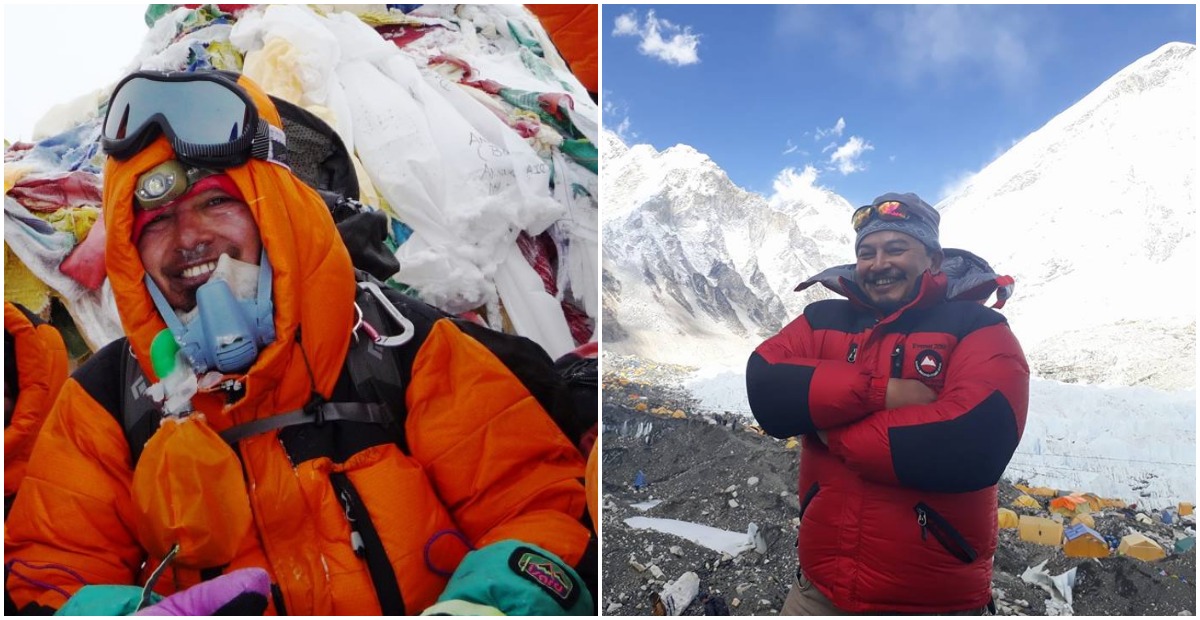
KATHMANDU: Gyanendra Shrestha, a popular liaison officer, and Everest summiteer himself was appointed at Base Camp of Mt Everest in 2007 for the first time. As a liaison officer, he has seen many ups and downs in the stream of tourist arrivals and changing patterns of mountain ecology over the years.
He has met several thousand mountaineers, tourists, and visitors while being at the Base Camp of Mt Everest. For the past 12 years, he has been working as a liaison officer at the Base Camp of Mt Everest in mountaineering season every year.
The mountains, in fact, are very dangerous to climb during hot, rainy or cold season. Snowfall further deteriorates the mountain environments in winter. So, spring and autumn seasons are best for mountaineering in Nepal. It is during this time the liaison officers like Gyanendra Shrestha are stationed at the Base Camp of Mt Everest.
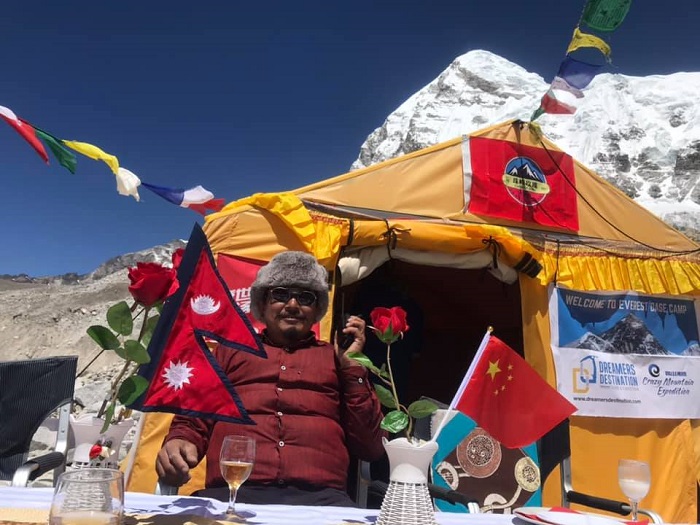
The spring season from March to May lasts for three months while the autumn season lasts for two-and-a-half months from late September up to early December. It is the second-best time for peak climbing adventure in Nepal.
The beautiful lush green hills of the lower part of the mountains and the crystal clear Himalayas are the major attractions of this season. After the rainy season, the weather conditions are moderate. So, autumn is the best time for enjoying views of clear nature and also the favorable time for climbing the mountains.
Gyanendra is the witness of what Mt Everest has been going through due to the effect of global warming. “Mountain surroundings have changed so much,” he reminisces continuing further, “When I joined the Everest Base Camp (EBC) in 2007, the snow level was very high and we could see hardly any person walking over it. Now, you see tourists and climbers easily walk through the snow without much difficulty.”
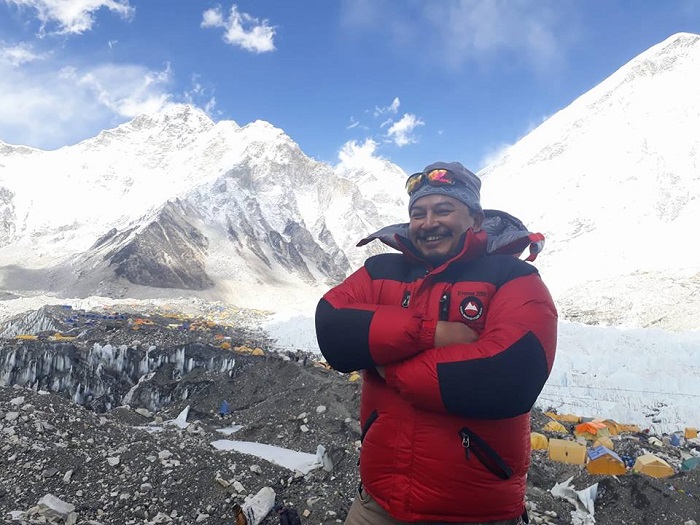
It means that the thickness of deposited snow and ice is weathering away thereby reducing its volume. Every year, the level of snow is coming down. It is for everybody to see even from the base camp, he points out.
Gyanendra has seen how unexpected turn in the weather conditions of Himalayan mountains led to the outburst of glacier lakes reducing the volume of locked ice present there. There are more than 50 glacier lakes in the Everest Base Camp and at the higher altitude.
As a liaison officer, Gyanendra Shrestha has heard hundreds of stories from the climbers and tourists who visit the base camp for scaling the Mt Everest. Each of them has a different story to share and Shrestha finds a special traveler in each climber who is not just surmounting the blocks on the mountain to reach the summit but also clearing the challenges posed by life to reach the stage of self-actualization.
He is unhappy about the recent climbing trend on Mt Everest as most of the climbers are scaling the mountain for their own ego-trip to project themselves as some-kind of extra-ordinary achievers to fulfill their personal dream. Moreover, scaling Mt Everest is not that tedious and difficult as it used to be 30-40 years before.
In a changed and modified environment, mountaineers of even a person of average strength — be it woman or old man — can easily reach the summit of Mt Everest with the assistance of Sherpa equipped with modern technology and oxygen cylinders provided by the trekking company .
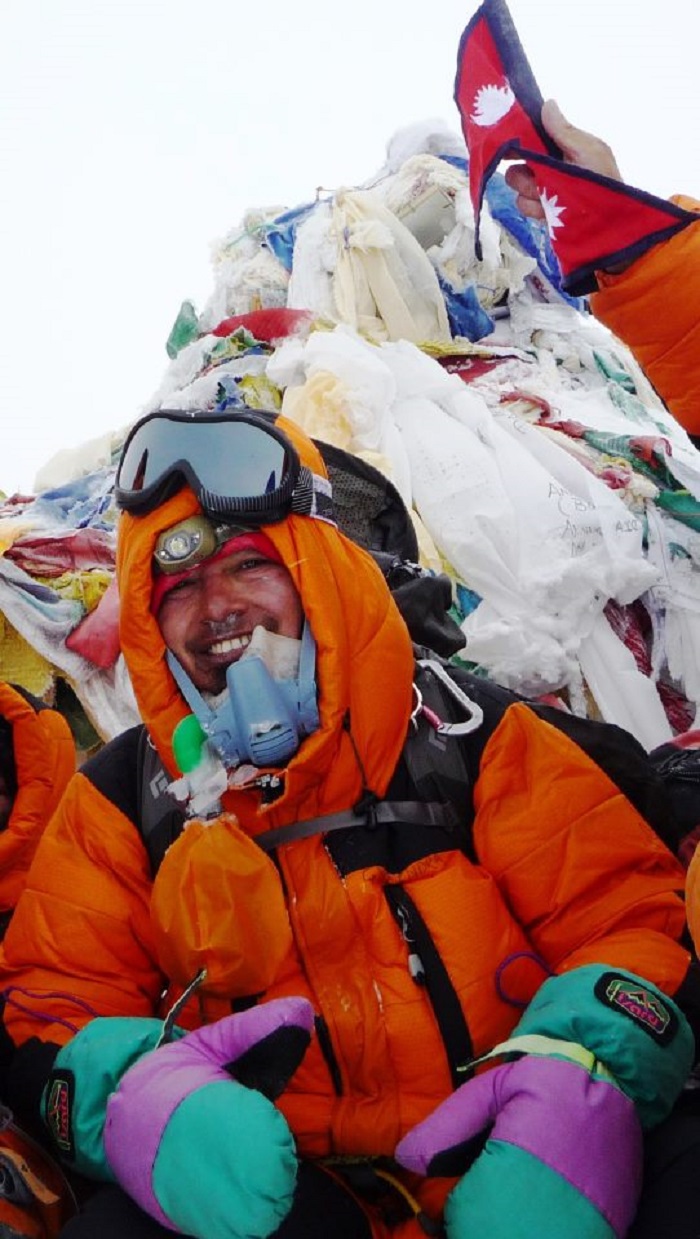
The commercialization of tour and travel has made mountaineering a lucrative business as a result of which trekking companies make it a point to take the tourists at the summit of Mt Everest.
Those who apply to climb Mt Everest, tour and trekking company employ any method to promise them climb at the top of the world fulfilling the interest of sponsors, financiers, supporters and not to forget the amateur climbers, rues the Gyanendra adding further, “Earlier people used to climb the Everest for passion and in an event of failure would think: Oh! This year is not mine, I will try at a convenient time maybe next year.”
Now, it has become a fashion to climb Mt Everest. Just spend the money and you are at the top. Everything is arranged by the government and the trekking company which sponsors the visitor’s mountain expedition.
The government has embedded pillars with ropes tied on them stretching to different camps on the way to the summit. The ropes help climbers when they feel frazzled or lost on the way in course of scaling the mountain. This is why like a village fair, numbers of climbers in Everest are increasing every year, Gyanendra told Khabarhub.
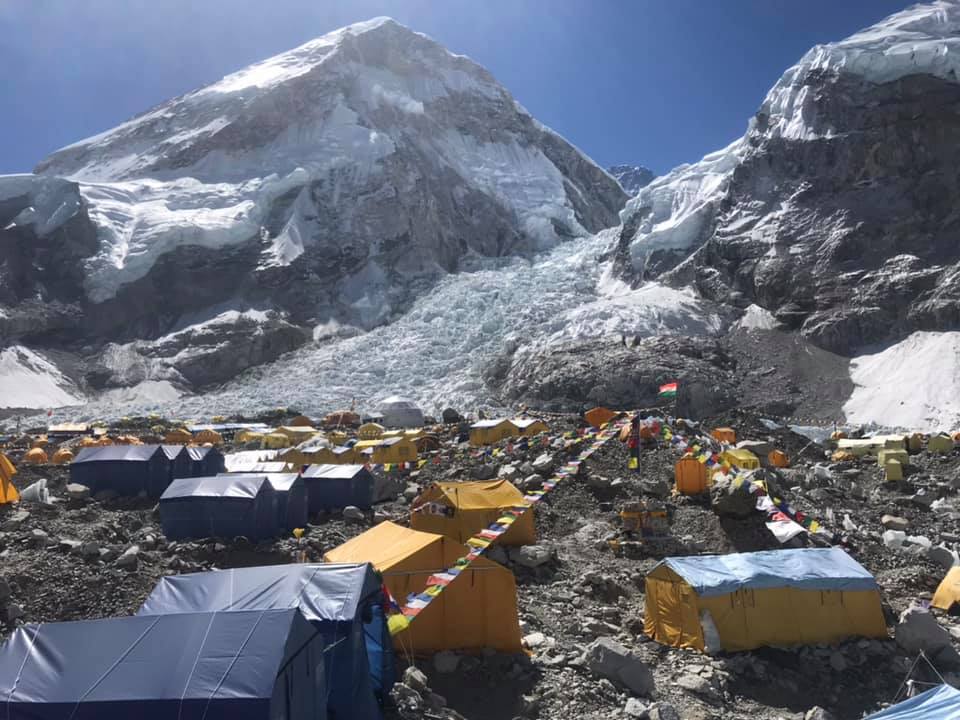
This is no surprise the reckless commercialization of mountaineering business by profiteers has also brought the cases of fake Everest climbers into light and such cases are rising every passing year, confirms Shrestha.
He has a suggestion to share with the government in the capacity of a liaison officer. “The government must keep updating the liaison officers regarding the deteriorating mountain environment and fake claimants as summiteers. And, liaison officers need to stay at the base of mountains entire season following which numbers of false claimants of being successful summiteers will go down.”
The government must devise a mechanism to climb the Everest to make it appear challenging and thrilling not like a walking post touching which one returns at the base camp claiming something extraordinary has happened.
“Without fulfilling the set criteria before climbing the Everest, the government must not allow a single person to climb Mt Everest. Nowadays, people even without the experience of mountain expedition or having very less of it line up to scale the Mt Everest,” he shares with Khabarhub.
Getting nostalgic about the mountaineering experience, Gyanendra recounts his own experience when he had scaled Mt Everest as a member of the team called ‘Civil Servant First Mountain Everest Expedition, 2011′.
Besides Gyanendra, the team consisted of Lilamani Paudel, Santa Kumar Maharjan, Khim Lal Gautam, Tulsi Ram Bhandari, Subir, Hari Dhakal, Surath Pokharel, Hari Prasad Guragain, and Padam Bahadur Bhandari. All of them climbed Mt Everest successfully on May 18, 2011, celebrating the occasion of Nepal Tourism Year (NTY) 2011.
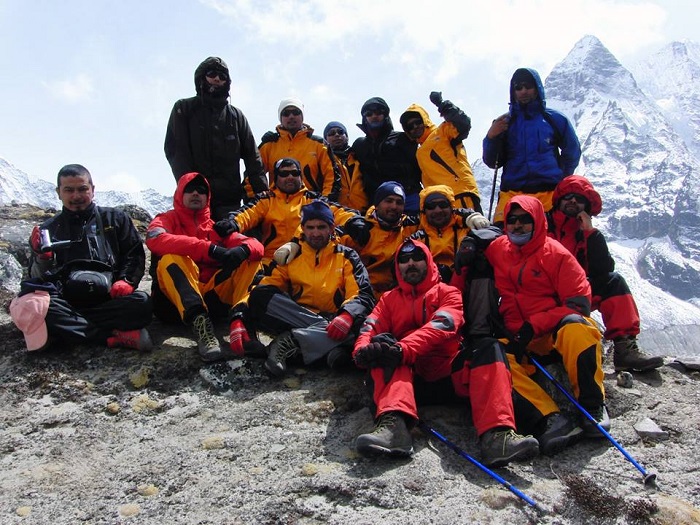
He takes pride in being a part of the Civil Servant First Mountain Everest Expedition, 2011 as many people had doubted the ability of the team to scale the mountain. Gyanendra shares, “Since we were working civil servants employed in white-collar jobs, not the sports personalities, people laughed at us with regard to our ability to scale the Mt Everest. As it was a challenge for my other team members, it was a challenge for me as well.”
“On way to the summit, the weather turned bad after reaching Camp 4 and we were forced to stay there for a whole day. Next day, early in the night, the weather took a positive turn and that was a moment to move forward at 8 pm, May 17, 2011, in the night,” he recalls.
The next day, on May 18, 2011, at around 6 am, the team of civil servants including Gyanendra reached the summit of the Mt Everest — top of the world. “It was an experience inexpressible in words,” he shared with Khabarhub adding, “Such a lightening all beneath me….even now I have a vivid memory of it as if it is happening now. Such a difference altitude of 8848 meters make in human perception, I came to know only then.”
“Even stars were appearing so close that we could catch them. I sat there for some time. After a couple of minutes, I started worrying and wanted to reach the Everest Base Camp.”
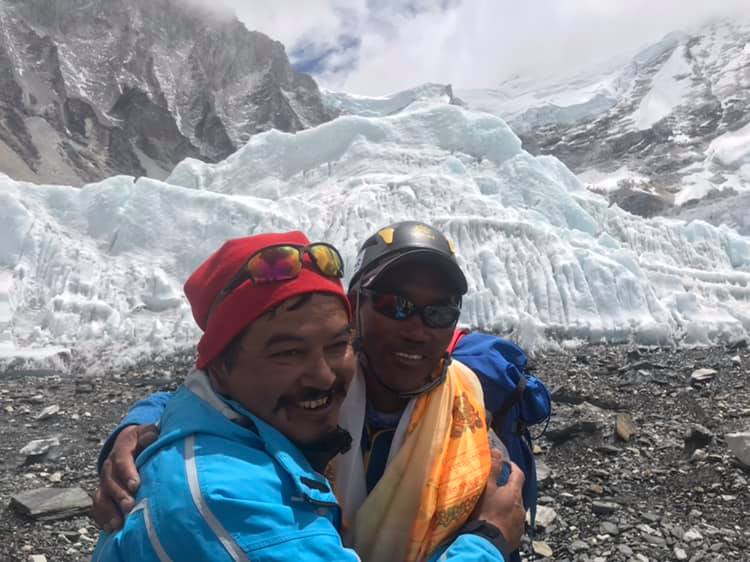
He concludes the talk with Khabarhub with a note of suggestion, “Climbing the Everest is easier than getting down because stamina and energy of the summiteers slow a great deal and we tend to care more about our stock of oxygen and other things more on the downturn.
He has a piece of advice: “If the government opens the routes for climbing Mt Everest early in the month of May, it will lessen much of the rumored traffic jam.”